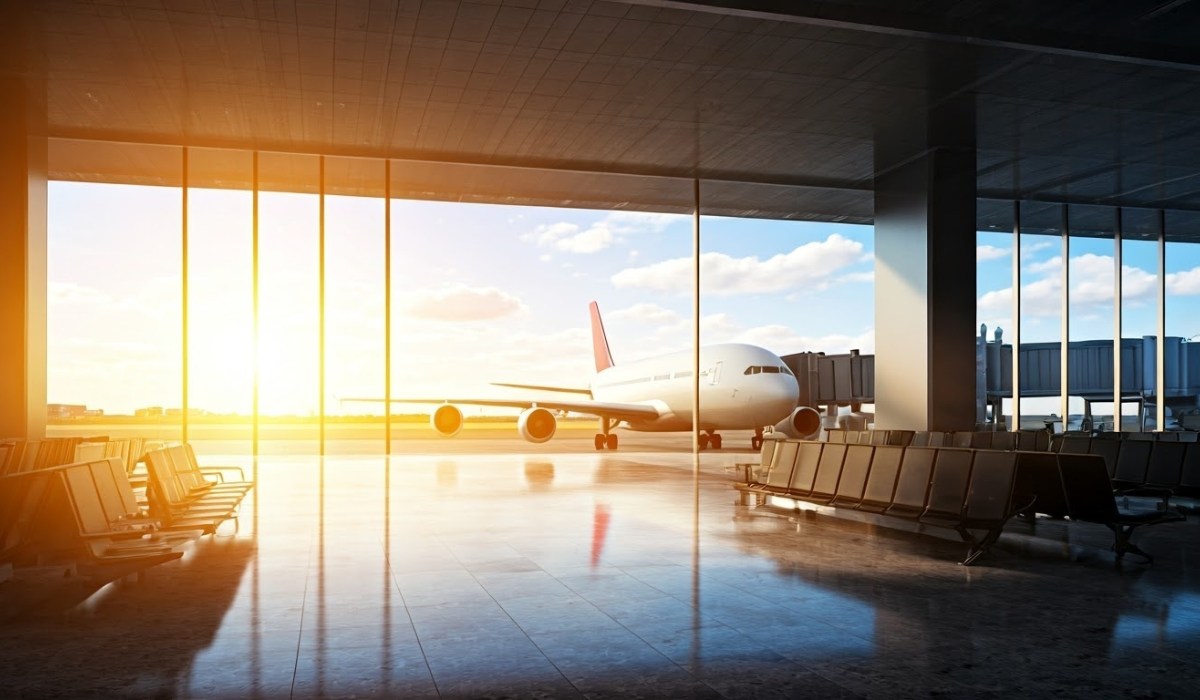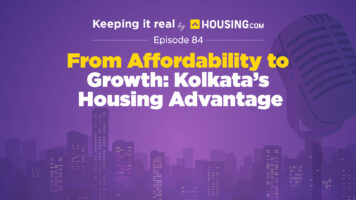Mumbai has always remade itself via infrastructure. The rise of the island city became the first wave due to trade and ports. The second wave was the suburbanization of Mumbai 2.0 driven by railroads, highways and Bandra-Worli Sea Link. The inclusion of the Navi Mumbai International Airport (NMIA) has seen the city enter a new phase of Mumbai 3.0, which is characterised by globalisation, intelligent infrastructures, and emerging growth areas.
NMIA is redrawing out the property map even before its initial phase that will open in September 2025. Analysts predict that once operational, values in major nodes like Panvel, Ulwe, and Kharghar will grow by another 15% to 25%. This comes on top of the 20% to 30% increase seen in the previous three years. For investors, the potential is to enter before the surge reaches its apex.
The airport as a growth engine
Airports around the world have shown to be magnets for growth, with Hyderabad and Bengaluru showcasing how new hubs can sprout townships, business parks, and residential clusters. Navi Mumbai is expected to follow the same route, albeit on a larger scale. NMIA will accommodate 90 million passengers per year when the project is completed, with the initial 20 million passengers and approximately 60 flights per day accommodated in the first phase of the project in 2025. But it has an even greater power than travel. The airport is likely to generate more than four lakh jobs in the aviation, logistics, hospitality, IT, and retail sectors, increasing the housing and office demand in Panvel, Ulwe, Kharghar, Uran, and Karjat. Connected by expressways, metro lines, Trans-Harbour Link, NMIA is redefining connectivity and making Navi Mumbai one of the best places to invest in real estate in the country.
Panvel: The aerocity in the making
Panvel, which has long been considered to be the gateway of Navi Mumbai, is transforming into a dedicated aerocity hub due to its location near to NMIA. The best advantage it has is unparalleled connectivity and direct access to Mumbai-Pune Expressway , Mumbai-Goa Highway, and the Mumbai Trans Harbour Link (MTHL).
The residential rates have increased by around 8-10% over the late 2024 rates – Rs 11,000 per sq ft up to Rs 12,500 per sq ft in early 2025. Investors are responding to the demand with the formulation of mega projects in the luxury, mid-range, and affordable divisions, as well as the establishment of shopping and trade outlets. The aerocity positioning of Panvel will make its real estate increase in value as the NMIA operations grow.
Ulwe: The residential–commercial powerhouse
Ulwe is strategically placed within NAINA, and it is quickly becoming a residential and commercial center. Its development process is closely linked to NMIA, and facilitated by the fact that infrastructure projects are reshaping connectivity. The current prices of property in Ulwe are within the range of Rs 8000 and 13000 per sq ft which is on par with Panvel. This is drawing first-time buyers, professionals and developers, introducing modern mid-segment and premium housing options.
The major benefit that Ulwe has is connectivity to the MTHL and the imminent coastal road, as well as extensions of the Navi Mumbai Metro.
Kharghar: The lifestyle magnet
When Panvel implied connectedness and Ulwe implied affordability, then Kharghar implies lifestyle. It is already among the most developed addresses in Navi Mumbai, and schools, clinics, shops, Central Park, and the Upcoming ISKCON Temple, among others, add to a healthy ecology. The appeal of Kharghar is based on lifestyle as well as progressive development. CIDCO’s proposed International Corporate Park (BKC 2) is designed to draw global corporations and financial institutions. With metro access, motorways, upcoming Kharghar Turbhe Link Road (KTLR), and closeness to NMIA, Kharghar is poised to become the preferred address for aspirational families and professionals.
Prices reflect this momentum. The average rate is about Rs 13,500 per square foot, while prime sectors such as 10, 12, and 21 command between Rs 16,500 and Rs 18,500. Emerging sectors such as 34 to 36 still offer entry points between Rs 10,500 and Rs 13,500, giving investors both premium and growth-stage options. With NMIA about to launch, Kharghar is poised to consolidate its position as one of the most competitive markets in the region.
Beyond the core: Uran and Karjat
Although, the main nodes are Panvel, Ulwe, and Kharghar, Uran and Karjat are also becoming visible on the investment map.
Uran near Jawaharlal Nehru Port, is a mixture of industry and residential developments. Uran is one of the cheaper entry points in Navi Mumbai with property prices of Rs 5,000 to Rs 7,000 per square foot. As NMIA enhances trade and logistics, Uran is expected to attract professionals working in shipping, logistics, and airport-linked businesses.
Karjat which was predominantly a weekend resort destination, is experiencing a dramatic change. The almost completed Panvel-Karjat railway will reduce the travel time by nearly 40 minutes and connect the town with Navi Mumbai and Pune. Karjat price: at Rs 3,000-5,000/square foot, Karjat is the cheapest in the area. With the enhanced connectivity, Karjat is turning out to be a serious residential and commercial destination, which has given an opportunity to first mover investors to enjoy a new wave of development.
The road ahead
The Navi Mumbai International Airport is not just a bit of infrastructure; it is a landmark in the growth narrative of the area. A new wave of city growth will commence with its opening in September 2025: housing, business, and employment will be merged into a single ecosystem. Panvel, Ulwe, and Kharghar already demonstrate momentum, and Uran and Karjat provide a new opportunity to early investors. Together, these nodes illustrate how connectivity can unlock value and create new urban centres.
The message is clear. The airport’s first flight in September 2025 will not only carry passengers but also signal the take-off of Navi Mumbai’s real estate story. For investors, the moment to board is now, before this growth corridor fully takes off.
– The author is managing director, Today Group
| Got any questions or point of view on our article? We would love to hear from you.Write to our Editor-in-Chief Jhumur Ghosh at jhumur.ghosh1@housing.com |







